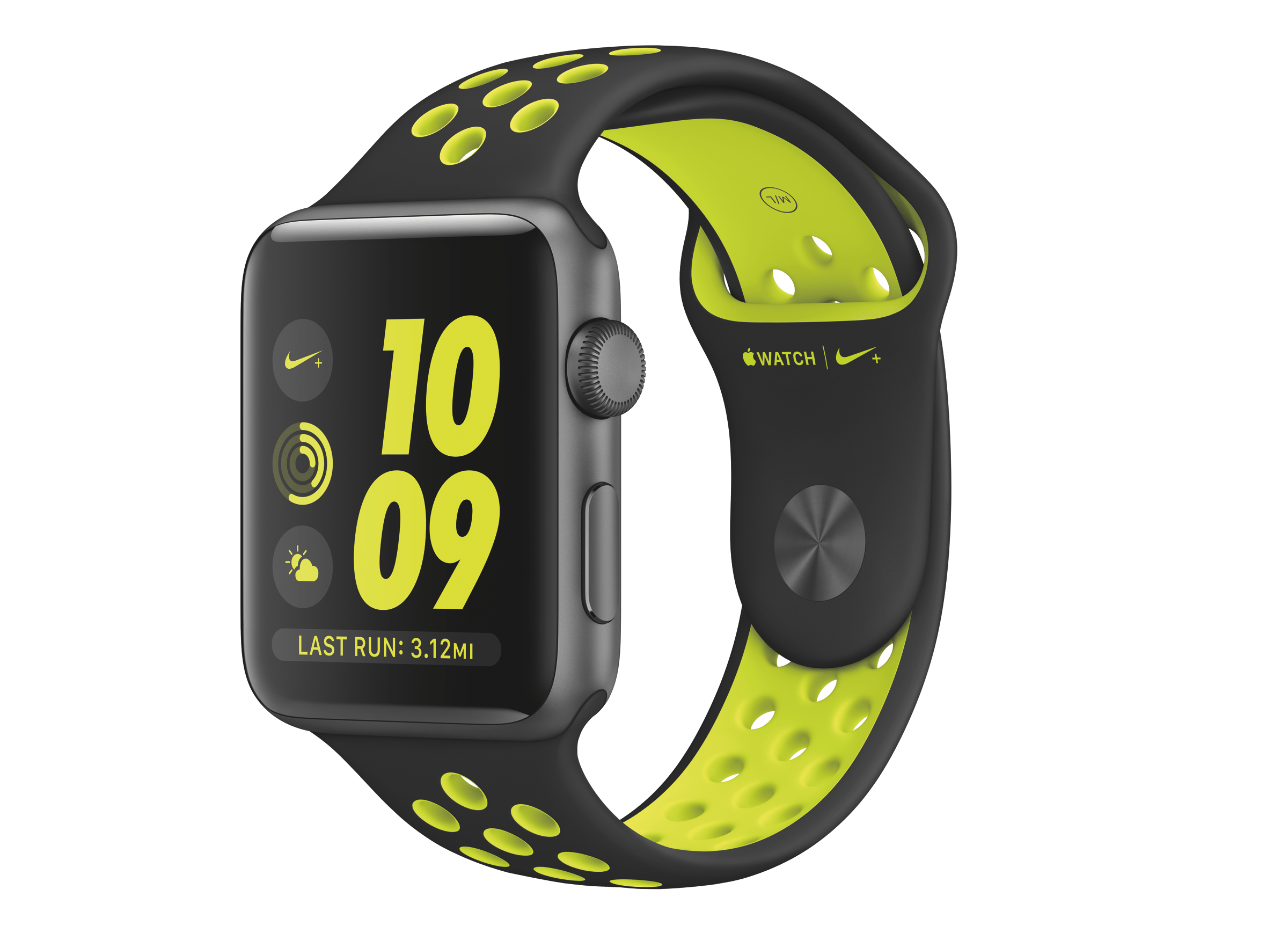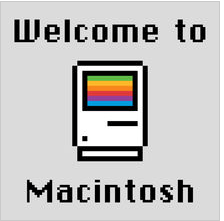On September 7, 2016, Apple and Nike announced a Nike-branded version of the Apple Watch called the Apple Watch Nike+. Nike’s version of the Apple Watch did not debut with the Apple Watch Series 2, which became available on September 16th. Instead, Apple Watch Nike+ will go on sale October 28. 2016.
The Apple Watch Nike+ features a custom watch face and four distinct bands. As we reported after the September 7th event:
The new Nike-branded Apple Watch consists of a custom watch face available only to buyers of the watch, and a custom band. The band is basically a standard Sport band in construction, but includes distinctive holes throughout the surface, the interiors of which are a different color than the surrounding area. The result stands out, and I actually quite like it.
The band is available in four different colors, which vary the scheme between light and dark gray and a neon yellow-green (Nike calls the color “Volt”). The watch face mirrors these colors, and is available in several different styles, all which incorporate Nike’s distinctive font and logo. The Apple Watch Nike+ also includes a permanent complication along the bottom of the display for the Nike+ Run Club app, which I assume comes preinstalled on the devices since the Complication can’t be removed.
Earlier this month, Apple updated its website with a teaser that said the Apple Watch Nike+ would debut on October 28, 2016. That was confirmed by Apple today with a press release. According to Jeff Williams, Apple’s chief operating officer:
Running is one of the world’s most popular activities for staying in shape and being healthy, and with Apple Watch Nike+, runners will be even more motivated to achieve their performance goals…. The response so far has been incredible and we’re thrilled to get Apple Watch Nike+ onto customers’ wrists starting Friday.
The Apple Watch Nike+ comes in an aluminum finish and is priced the same as the Apple Watch Series 2. The watch will be available on Friday in Australia, Austria, Belgium, Brazil, Canada, China, Columbia, Czech Republic, Denmark, Finland, France, Germany, Hong Kong, Hungary, India, Ireland, Italy, Japan, Luxembourg, Macau, Malaysia, Mexico, Monaco, Netherlands, New Zealand, Norway, Poland, Portugal, Puerto Rico, Singapore, South Africa, South Korea, Spain, Sweden, Switzerland, Russia, Taiwan, Thailand, Turkey, the UK, and the US, with other countries being added shortly thereafter.



